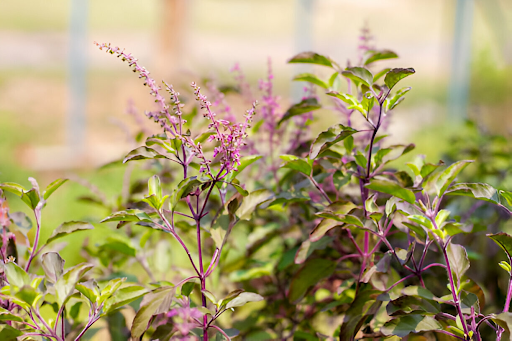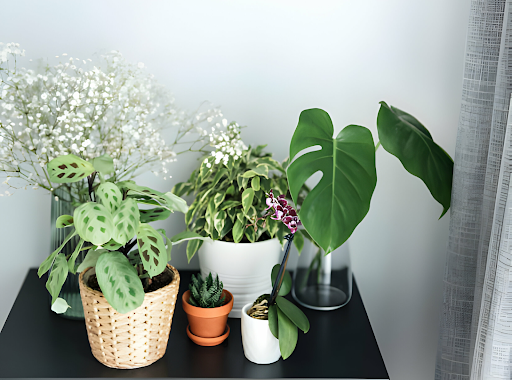Snake Plant Care: What You Need to Know To Help It Thrive

No complaints and minimum demands! This is the motto that Snake Plant shares in its entire lifespan. If we dive into the history of the plant, Sansevieria or Snake Plant comes from tropical West Africa from Nigeria’s east to Congo. Despite the great journey to the Indian continent, the plant gives away so much in return for some care. In this blog, we are going to share some tips that can help your snake plant last longer. In return, the properties that the plant shares will benefit your family even from the silent corner where it usually sits.
If you’re looking forward to buying a snake plant, check out Urvann’s website. You can choose from the various varieties and get it delivered the next day.
- Watering:
It’s a succulent, so it stores water in its leaves. This is why you do not need to water it often, as it will create the problem of waterlogging in the pot. Once every one or two weeks is enough for it. If it’s winter, you can even water it once a month. Even with neglect, they may thrive, but as their soil gets drier, the leaves start to show some change.
- Pruning:
Snake Plant is a visually appealing plant that can do well in almost any soil condition. If it needs nutrients, its leaves may start to show some differences. After doing your part, you may cut off the brown or yellow parts of it. This does not impact the plant’s growth.
- Sunlight:
Snake plants do not require direct sunlight for growth. They can survive indoors in a nicely lit room or in indirect sunlight. This is the main reason why people prefer them indoors, as they require minimum care, but the right kind.
- Repotting:
Snake plants can survive well, even in small pots. One of the factors to consider here is that they grow slowly. If you still think that your planter is too small then shift it to another planter which is 1 or 2 inches in diameter. Just ensure the planter has a hole at the bottom, facilitating proper drainage.
- Fertilisers:
You can fertilize your plant once in the spring and summer with an NPK-balanced (10-10-10) fertilizer. As they come from areas with poor and rocky soil, they do not require much fertiliser.
Conclusion
Snake Plants come from the succulent family which is popular in making indoor spaces aesthetically pleasing. Although it requires minimal care, it’s important to do some basic checks for their better survival. Coming from an area of poor and rocky soil, snake plant’s leaves have adapted themselves to store all the nutrients. Make sure you’re taking the benefits of snake plants by ensuring they get what they need for living.
Before leaving you at that, we want to let you know that every plant shows signs that it’s missing something. Take necessary precautions to make your space greener than it was previously. We hope this blog helps you become the plant lovers you already are.
Thanks!






